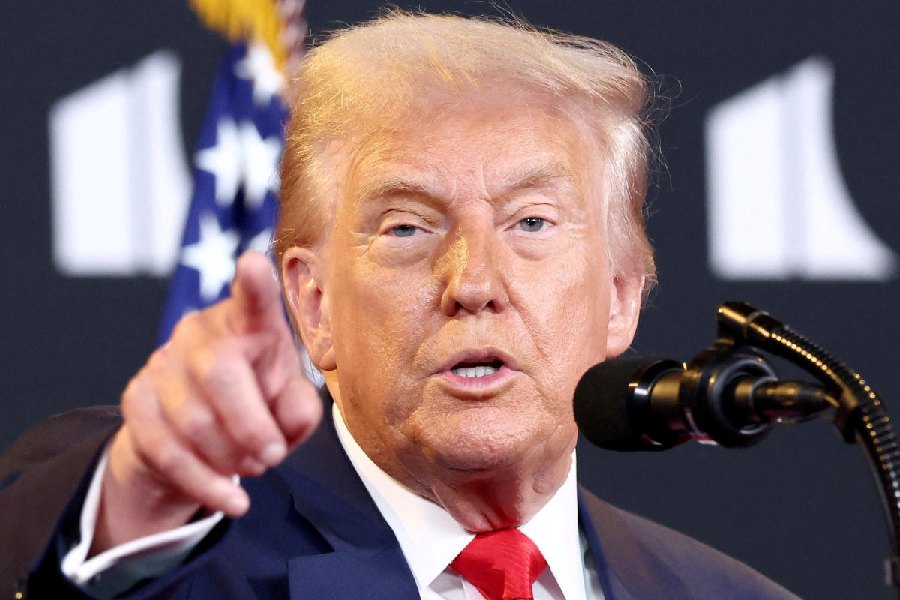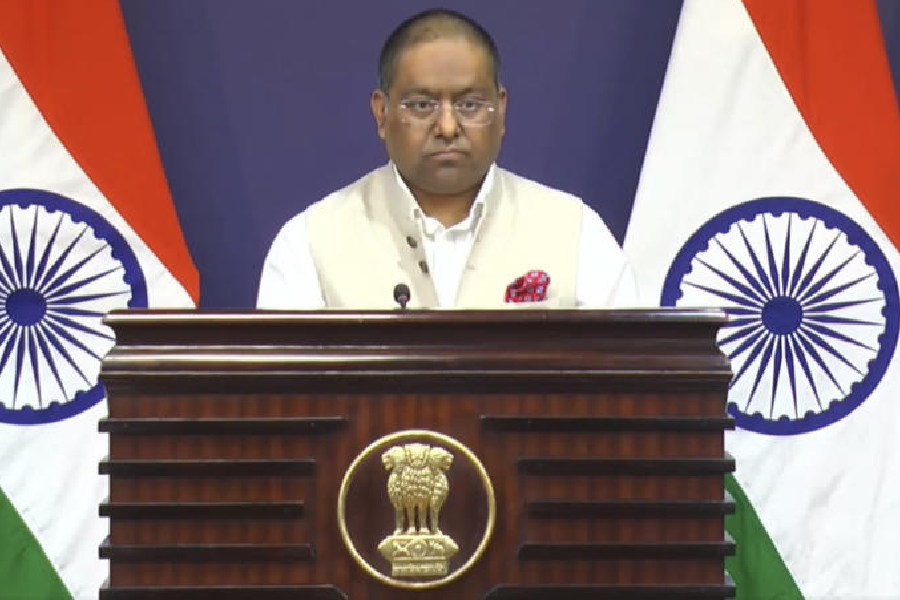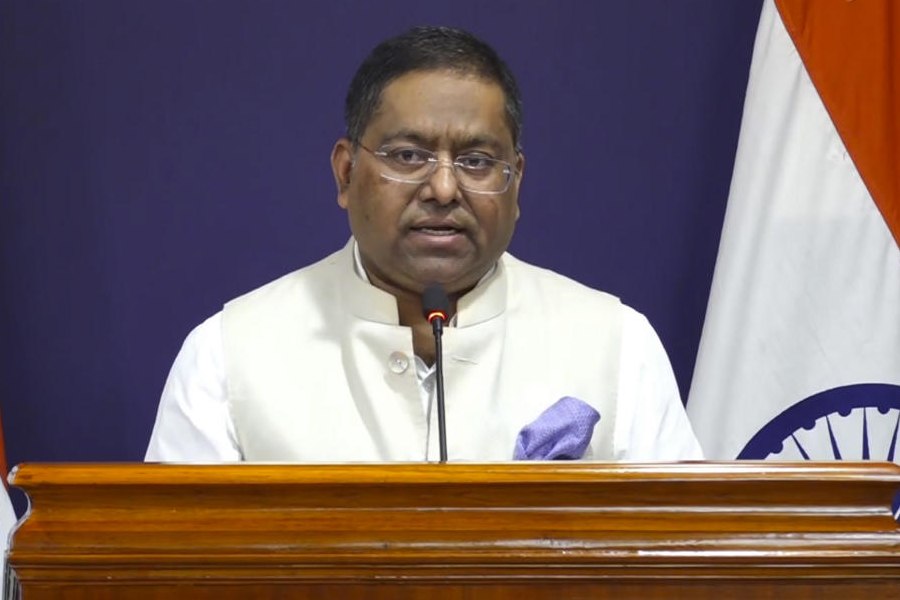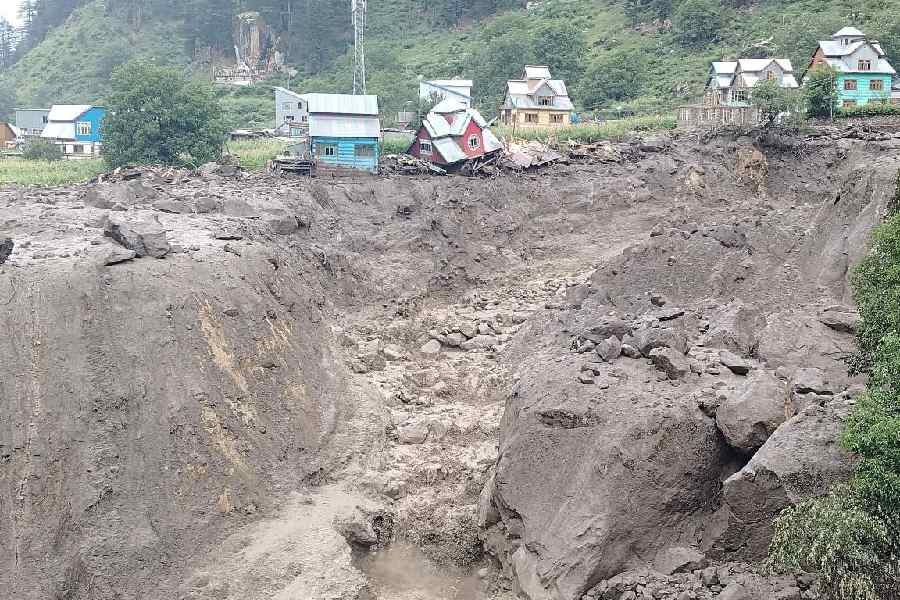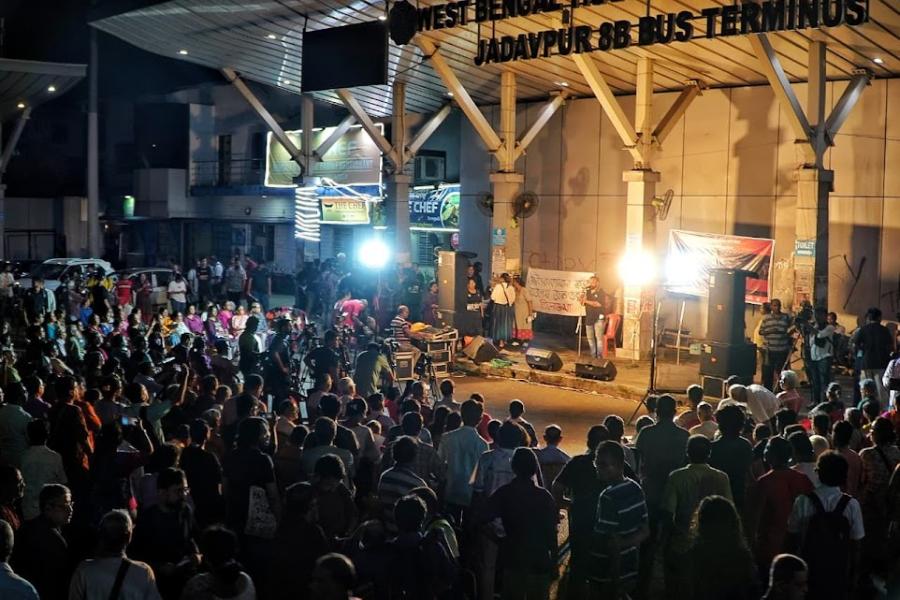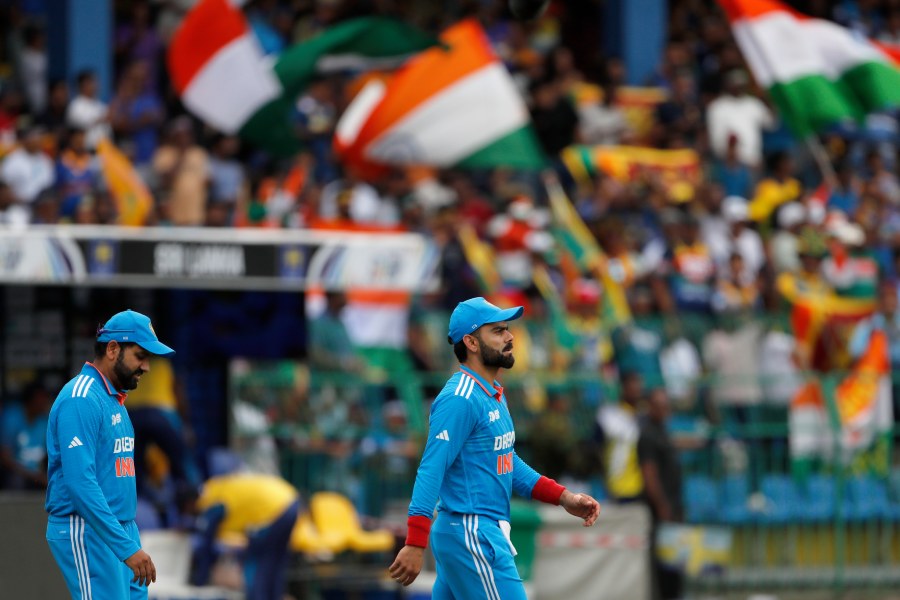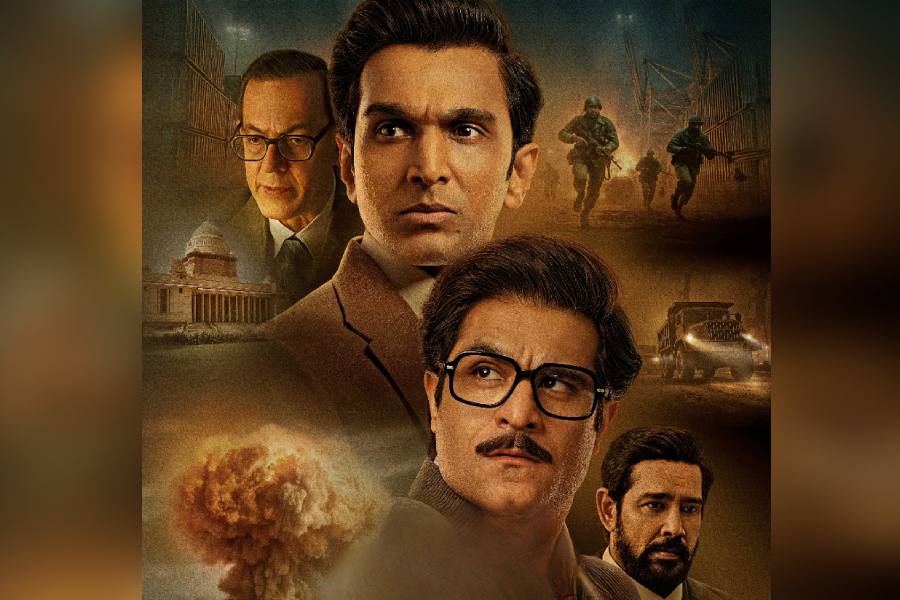|
|
| Bright sparks |
In my home we celebrate Diwali in our own style: like others, we light diyas around the antique stone statue of Ganapati kept in an alcove by the entrance door. And we put a garland of marigolds round his neck. I have a fetish for Ganapatis: I have six in my home — an original by Badri, two of mixed metals (ashtdhatu), two made of stone and one of porcelain. Since I don’t believe in god, I revere Ganesh more as a friend than as a deity.
I was born into a Sikh family and continue to conform to the outward appearance of a khalsa. My son, although a product of Cambridge University and a tennis blue, looks like a maulvi of a madrasah. He does not bother himself with any religion. My daughter married a Hindu but continues to visit gurdwaras. Her daughter is a Hindu-Sikh mixture. She has her private altar adorned with Hindu gods and goddesses for whom she lights incense sticks and puts flowers every morning. Mother and daughter visit gurdwaras, temples, dargahs and churches. Theirs is a cocktail of religious beliefs that produces no single-religion hangovers.
Most of our friends happen to be Muslims. We often spend festive occasions together — be it Holi, Id, Diwali or Christmas. We drink and make merry. Diwali is special because it is meant to light up our souls. We are Westernized Indians ahead of our times, misfits in today’s Bharat. There are hundreds of thousands like us in all our cities.
The object of this eulogy of the manner in which we celebrate festivals is to ask whether or not you have friends who belong to communities other than your own. If not, make a start by making some — invite them and their families on festive occasions. It will open up new horizons and will be your contribution to knitting India together.
A different meal
A news item that appeared in The Indian Express in August this year escaped my notice. It has been reproduced in London’s Private Eye in its column entitled “Funny old world”. I found it very funny; so might you.
“‘Rat meat is a healthy alternative to rice and grains,’ Vijay Prakash of the Bihar State Welfare Department told in a press conference in Patna, ‘and should be eaten by one and all. Rat and chicken have equal food values, not only in protein, but throughout the entire spectrum of nutrition. I haven’t tried it myself, but my mother has, and she finds it delicious. In fact, whoever has eaten rats, says it is more spongy and better than even chicken meat.’
“The welfare secretary’s words were greeted with dismay by many listeners. “‘Indian culture is based on vegetarianism,’ said chef P. Soundararajan of the Mahindra resort chain. ‘Our culture and customs are based on not harming any living being. And besides, rats are dirty creatures that only the very poor would eat.’
“But Prakash was unrepentant about his government’s campaign. ‘Almost 50 per cent of India’s grain stocks are eaten away by rodents in fields or warehouses. Increased human consumption of rodents will ease soaring food prices and provide increased employment for rat catchers. Rat has almost no bones, but many people do not know this simple cuisine fact. We will have a massive media campaign to persuade people to try it. Some of the hotels here in Bihar have already started selling rat meat, as a starter. If you order patal-bageri at one of our roadside hotels, that’s what you’ll get — roasted rat.’”
Blood is thicker
A rich Arab sheikh was admitted to a five star hospital in Mumbai for a heart transplant. Prior to the surgery, doctors needed to record his blood group in case the need arose.
The sheikh had a rare blood group that couldn’t be found locally. So a call went out to a number of countries. Finally, a Sindhi was located some where in Zaire, central Africa, who had a similar grouping. The Sindhi willingly donated his blood for the Arab.
After the surgery, the Arab sent for the Sindhi a new Hummer, diamonds, lapis lazuli jewellery, and a hundred thousand Kuwaiti dinars.
Later the Sheikh had to go through a corrective surgery once again. His doctor telephoned the Sindhi, who was more than happy to donate his blood again. After the second surgery, the sheikh sent the Sindhi a thank you card and a jar of almond halwa. The Sindhi was shocked to see that the sheikh did not reciprocate his gesture in the way he had done earlier. He phoned the sheikh and asked why he had expressed his appreciation in not so generous a manner as before. The Arab replied: ‘Varri saaie — now I have Sindhi blood in my veins!
(Contributed by Vipin Bucksey, New Delhi)



